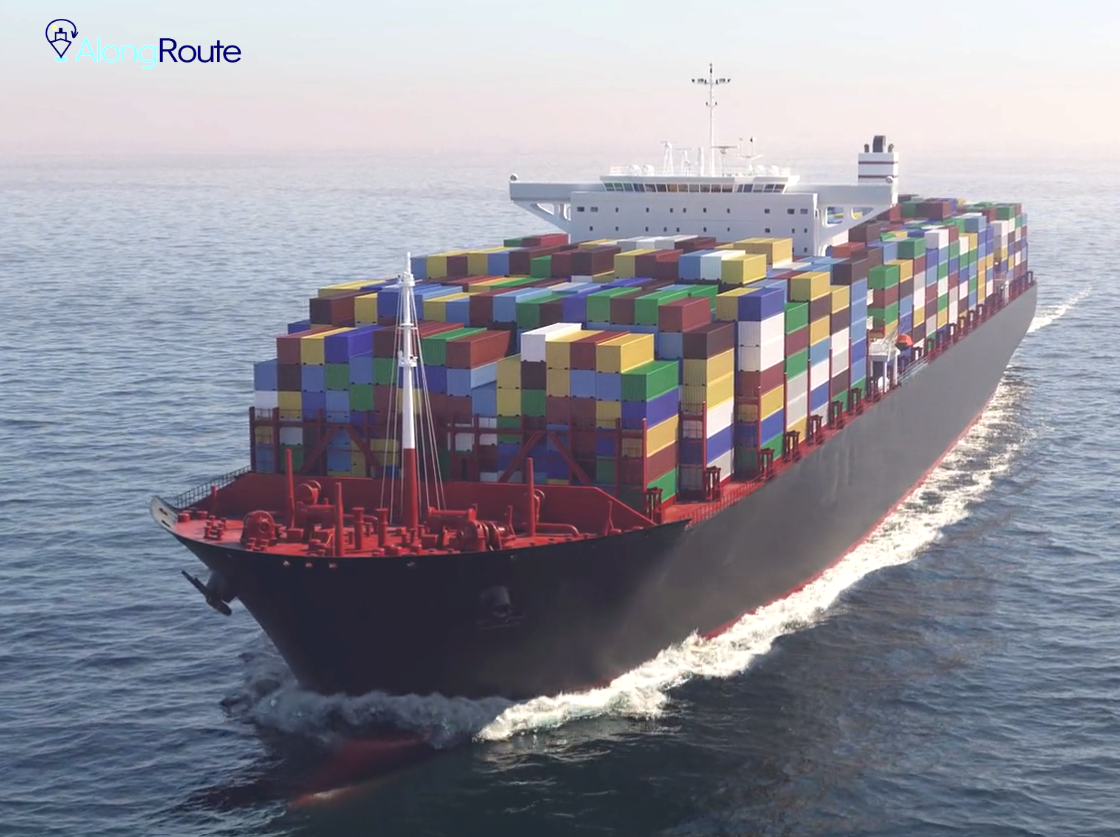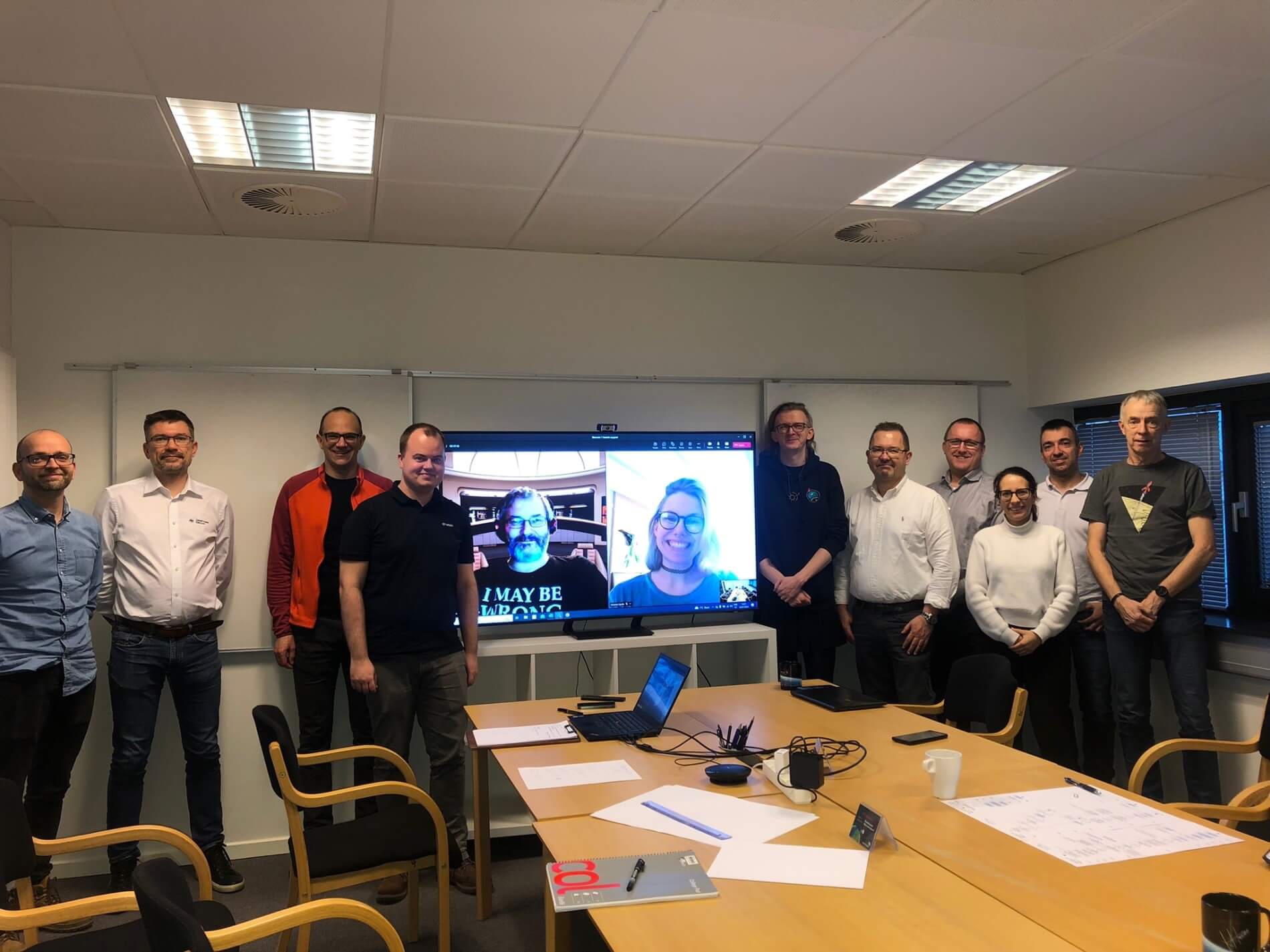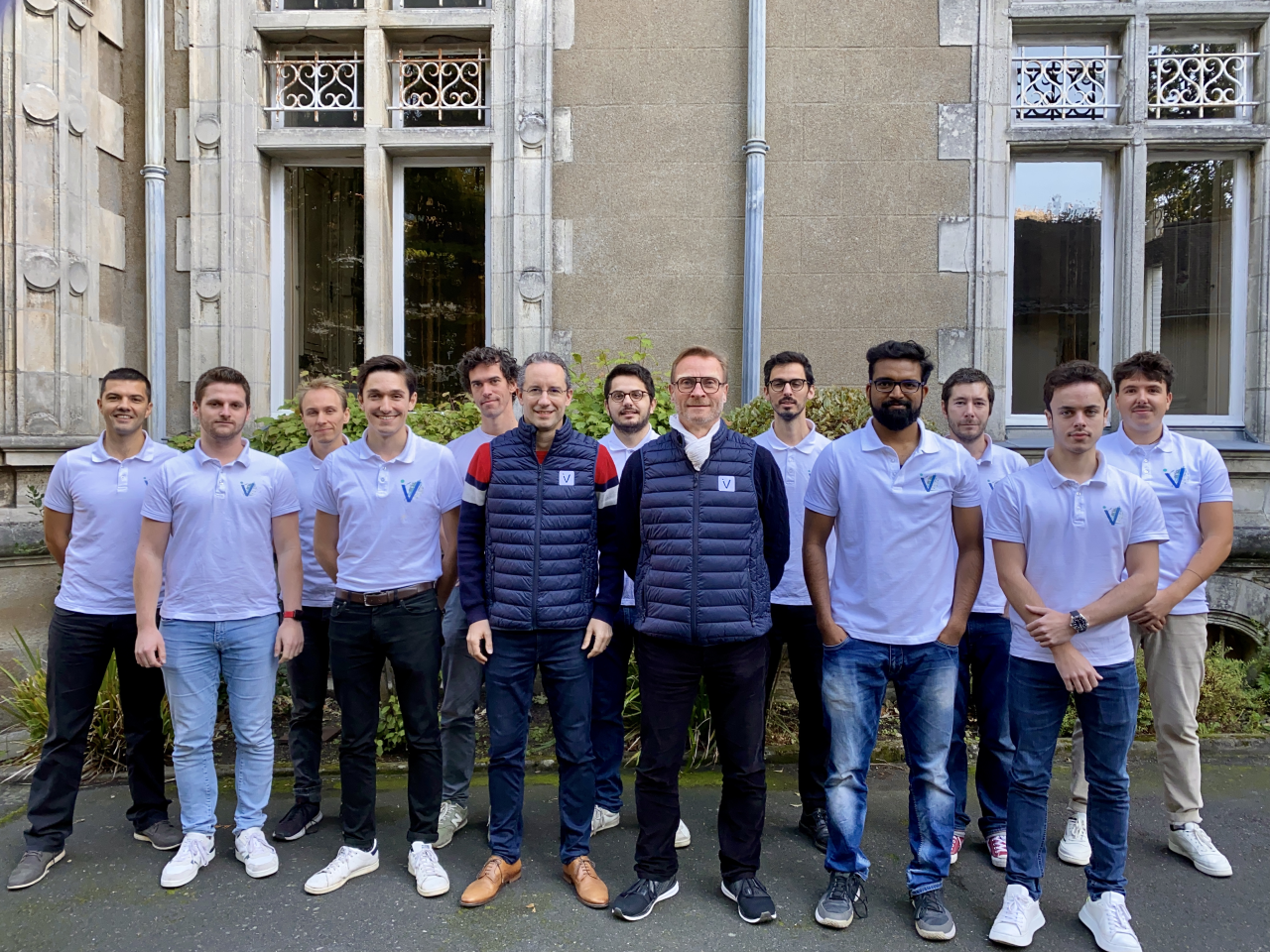The transport landscape has been subject to fast changes during the last decade, especially in urban areas.
Transport and logistics are growing worldwide, demanding from local and national transportation systems an increase in capacity, efficiency and flexibility – while moving towards low emission transport at the same time.
Staying mobile and connected is a particular a challenge in remote areas where cost-efficient solutions are needed to serve the local population. In urban areas, shared, on-demand, electric, connected, autonomous, and multimodal are the slogans of the current mobility transformation. Traditional automotive, public and private transport models are being challenged by new services and transport solutions. Mobility as a Service (MaaS) platforms are integrating various forms of transport services from micro-mobility to on-demand-shuttles into a single service.
Connectivity is major precondition for smart mobility and smart logistics (including vehicle-to-vehicle and vehicle-to-infrastructure connectivity). On-board and external sensors (on-vehicle cameras, low resolution radar or ultrasonic ) create large volumes of data which need to be transferred in a fast and secure manner. Digital platforms, artificial intelligence systems, machine learning and data processing capabilities will determine the further technical development path. As transport systems become increasingly automated, leading ultimately to Connected Autonomous Vehicles (CAVs) and Autonomous Aeronautical Vehicles (UAVs), the need for satellite connectivity and precise and reliable navigation services is becoming ever more vital.
Changing consumer behaviours and technical innovation are likewise accelerating demand for smart logistics and freight systems. There is an increasing need for connecting infrastructures (e.g. road, rail, air, shipping), tracking goods (tagged cargo) as well as efficient automatic distribution in urban areas independent of transport provider (Automatic Identification System).
Policy makers are faced with various complex tasks from emissions monitoring to efficient and sustainable spatial planning and governance. Smart traffic management systems are becoming crucial for identifying the optimal transport mix of public and private transport, and optimising utilisation of vehicles and roads in real-time (speed and traffic density, tolling, parking, congestion, charging, among others).



















